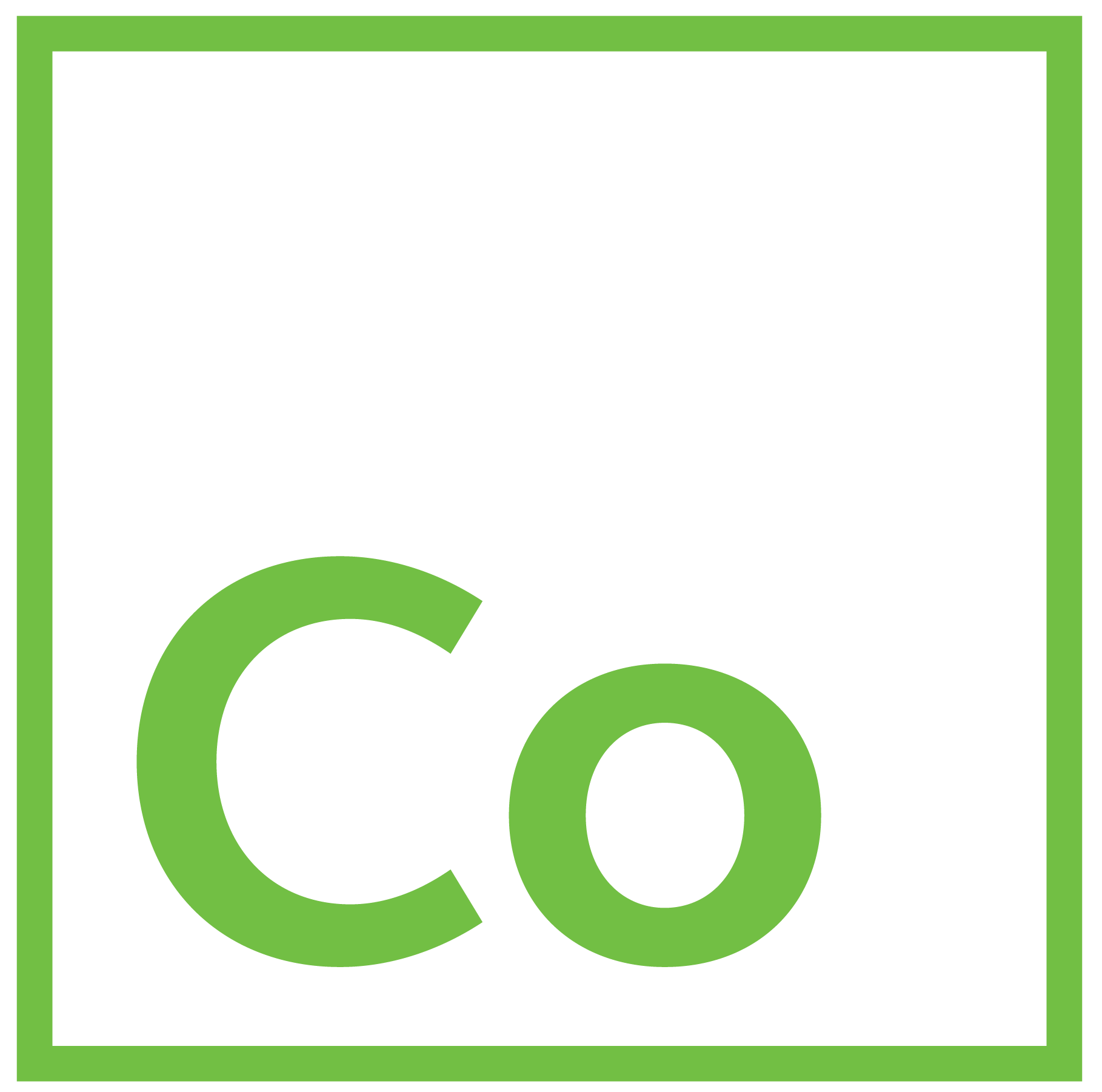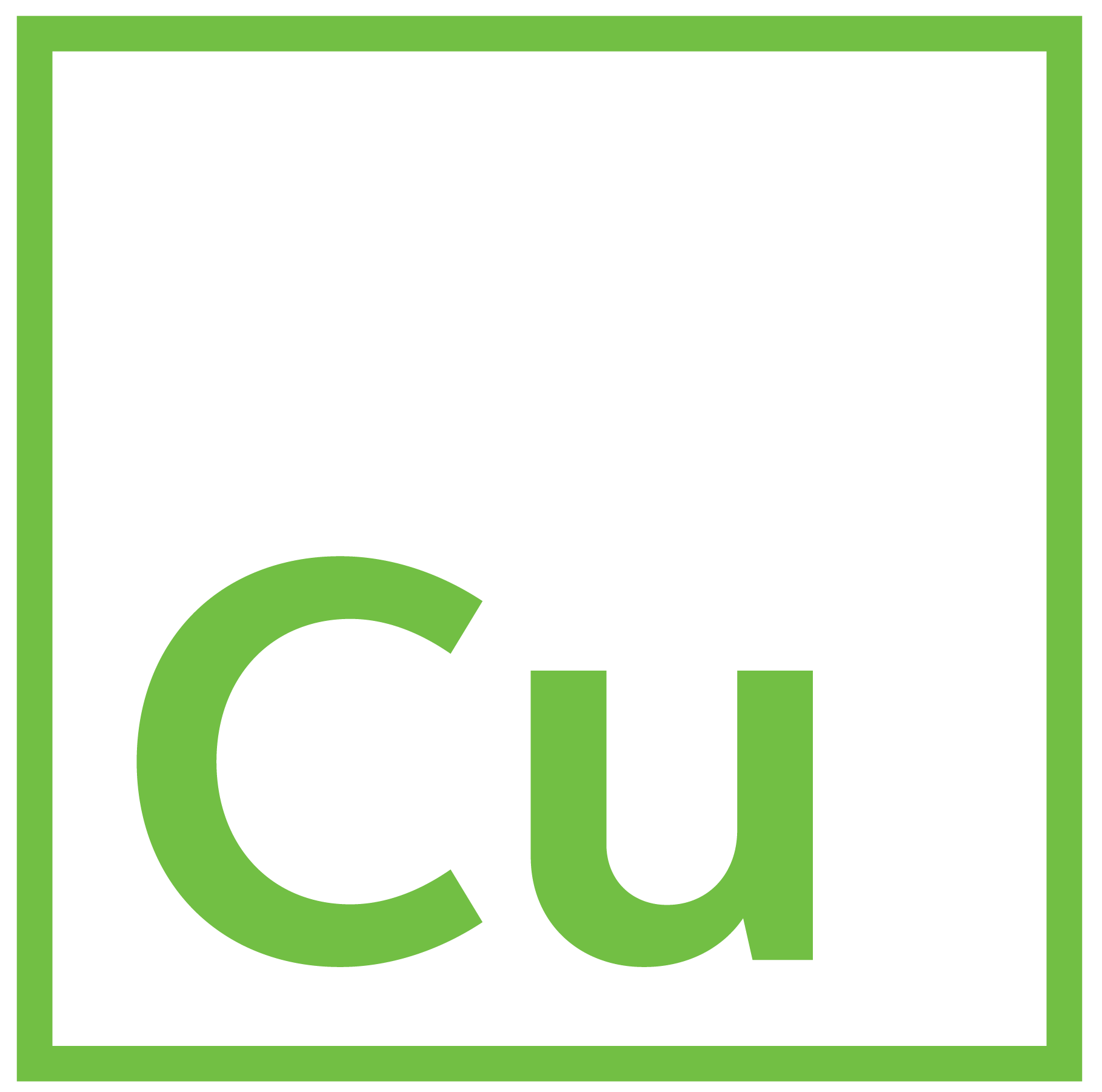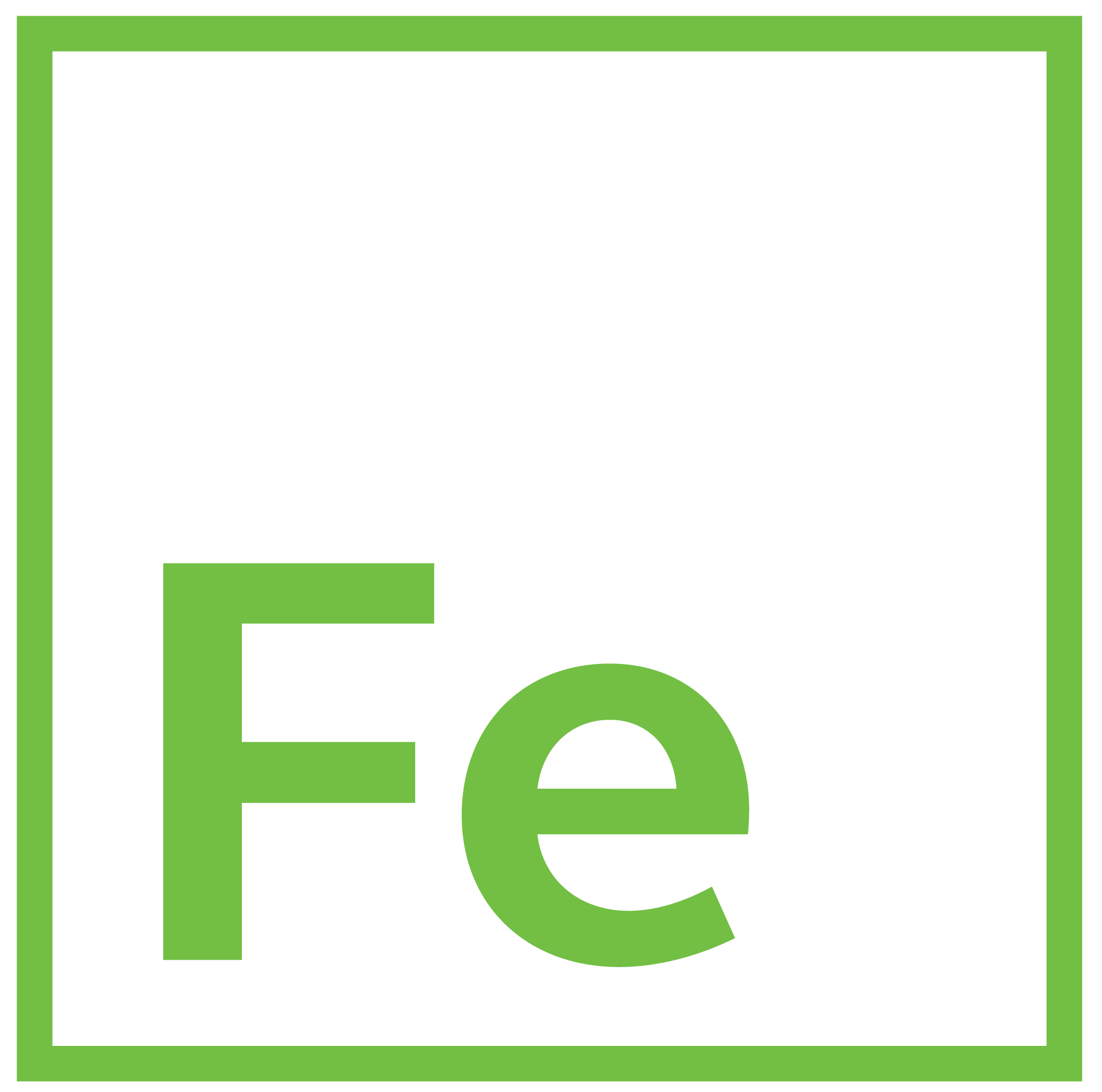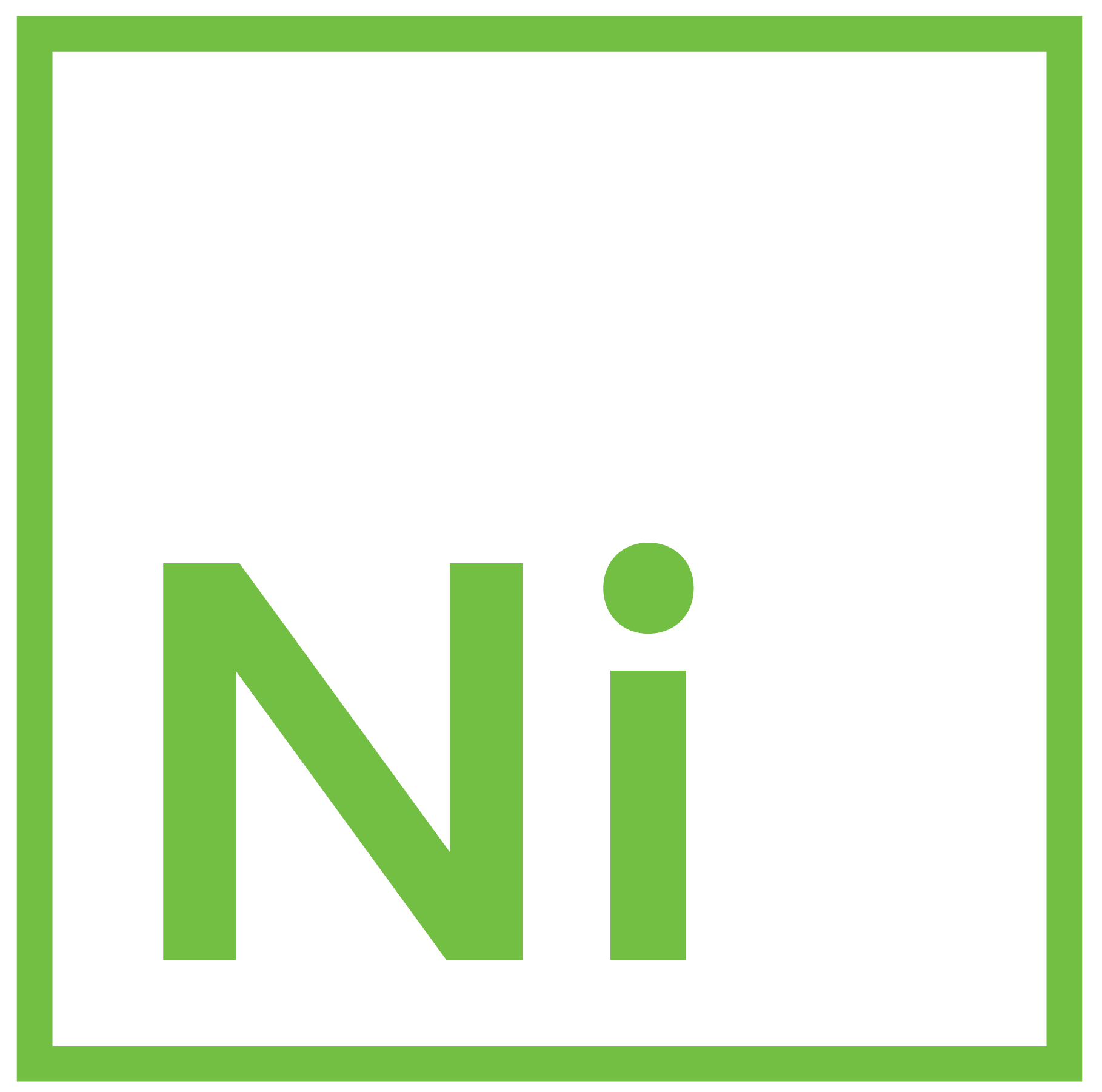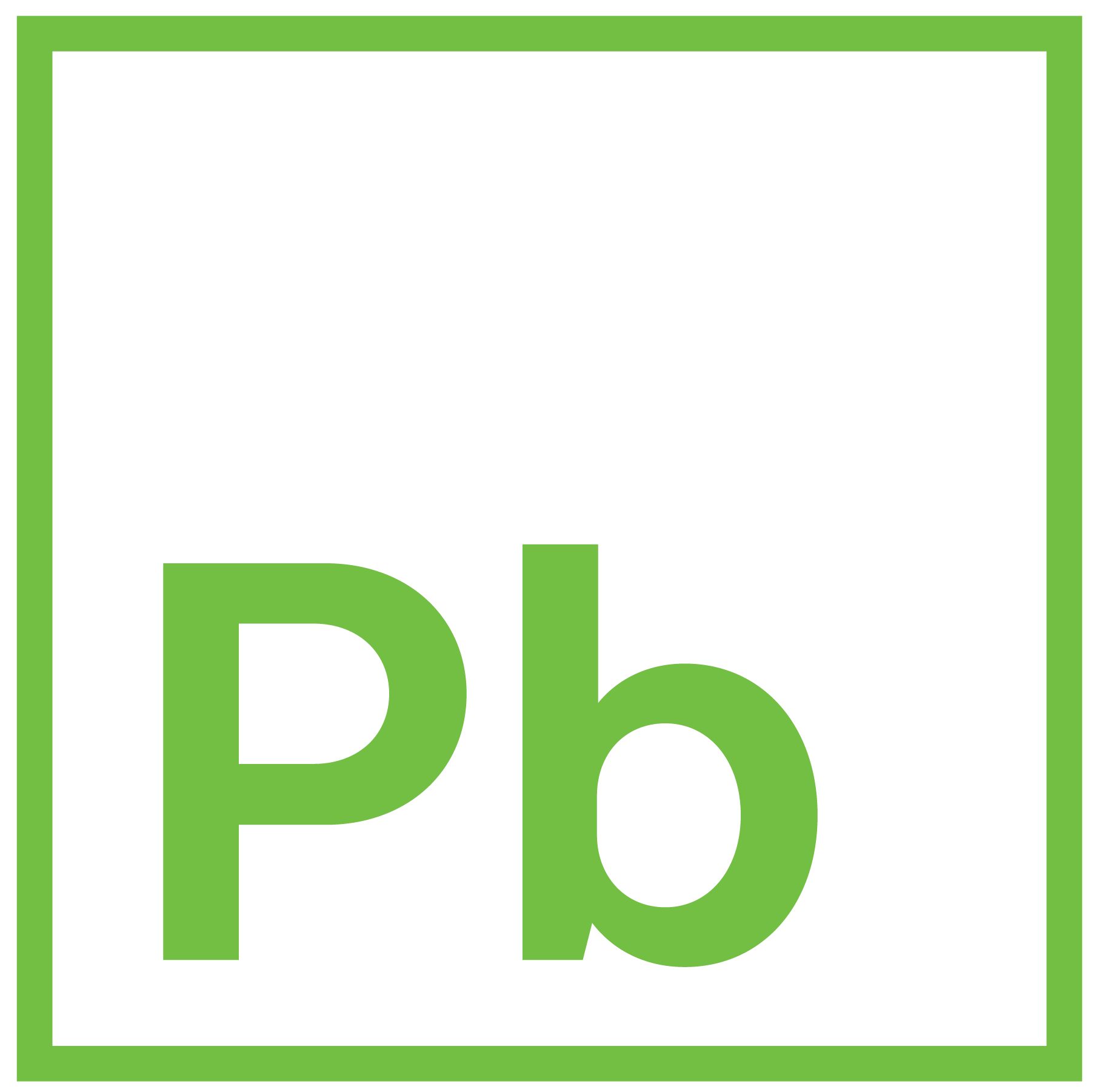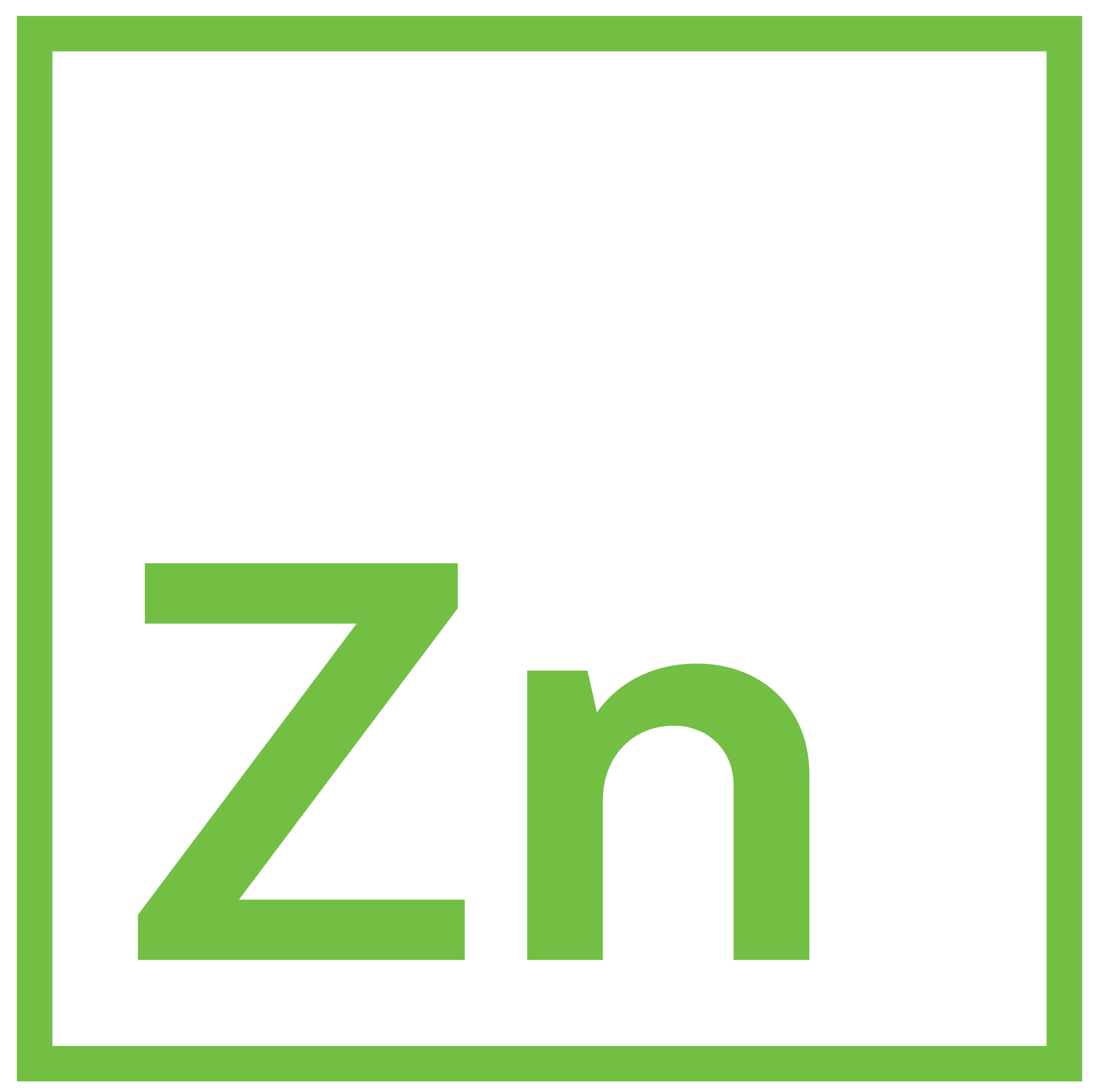Strong demand for stainless steel underpins growth for nickel as all eyes are on the nascent potential for electric vehicle batteries.
In global nickel markets, the tail continues to wag the dog. At least two-thirds of worldwide demand for nickel goes into stainless steel, and to be sure, that segment continues to be steady and strong. But all the excitement recently has been driven by the potential demand for nickel in batteries for electric vehicles (EVs). There is no doubt that EVs represent one of the biggest growth markets in recent history. That said, the current actual demand accounts for less than 10% of nickel supply. Two other factors have affected prices. One is the inherent increase in demand for base metals as global economies advance. The other is an increase in speculative trading.
“Driving factors in nickel are complex,” said Ed Meir, Senior Commodity Independent Consultant for ED&F Man Capital Markets. “There is a tug-of-war in all of the green [economy] trades, and the sexy metals are having their days. Nickel has benefited from that and could again in the future. Still, the real strong demand [for nickel in EV batteries] is not coming for several years. That leaves open the question of whether people will be patient enough to hold on until then. More to the point, will the recipe for batteries settle on higher or lower nickel content?”
The major limitations on early commercial success for EVs have been cost and range, which are both largely dependent on the battery. While major advances have been made in lead-acid batteries, their inherent weight meant the early EVs were powered by lithium-iron phosphate batteries (LFP), which had limited range.
Those were succeeded by nickel, cobalt and manganese (NCM) batteries, initially in a ratio of 1:1:1. The amount of nickel increased through a series of battery chemistries to 5:2:3 NCM, then to 6:2:2 and most recently to 8:1:1.
The potential of many millions of EVs with batteries of 80% nickel stoked speculative interest in the metal and its producers far beyond the cyclical increase in demand for base metals worldwide.
Will Adams, Head of Base Metals and Battery Research at Fastmarkets, calculates roughly 45kg of nickel per vehicle, which meant 70,000 tonnes in 2018 growing to perhaps 600,000 tonnes by 2025. That is a vast increase of more than 8½ times in just seven years. But given a global nickel market of 2.5 million tonnes, the percentage goes from a sliver to a slice: 3% to 24%.<p>“Stainless was very strong last year,” Meir said. “And that has continued this year. There was a good supply response, both in terms of production and technology. That tended to cool the market. At the same time [demand in] China has decelerated a bit.”
Even stainless steel scrap prices are firm, indicating continuing strength in the segment. Early in June, Fastmarkets reported that “the supply side of the stainless steel scrap market remains tight, underpinning both dealer and processor prices. The market in the US firmed over the past week, with prices narrowing or strengthening across the board amid robust demand and continued tight supply.”
The story also noted that “while nickel prices on the London Metal Exchange (LME) have again rebounded above $8 per lb ($17,640 per tonne), continued volatility in the nickel market could drive uncertainty in stainless scrap prices as well.”
On the supply side of the nickel equation, the pedal is still to the metal. In April, Chinese company Tsingshan, the top producer of nickel in the world, confirmed plans in Indonesia to produce nickel matte, derived from nickel pig iron (NPI), for partners in China who will use it to produce the nickel sulfate for the EV battery market.
“Tsingshan seem to have gotten the high-pressure acid leaching (HPAL) process running,” Meir said, “and rolled out small quantities. They are just barreling along. They seem to want to be the Saudi Arabia of nickel,” extracting all types of raw materials, processing and refining with several different technologies, and selling into all markets.
Somewhat ironically, new capacity and approaches to production are coming in response to a highly variable outlook for demand. “Historically, you needed Class 1 nickel to make nickel sulfate,” Adams said. “It was not economically viable to make it from ferro-nickel or NPI.”
Neither HPAL nor the matte process are new technology, but if the combination at the scale that Tsingshan has planned is commercially successful, that would mean that Class 2 nickel becomes a viable input.
That is still a big “if.” Several sources have noted that HPAL plants have a history of cost overruns and not quite producing to nameplate capacity. There is also serious environmental criticism of the HPAL process. Even though the percentage of nickel is a tiny fraction of the entire EV, the whole point of the EV is to be more environmentally friendly than internal-combustion engines. Whether or not carmakers would agree to using nickel from HPAL remains to be seen.
Adams observed that “nickel had a very strong rally last year through to February and March of this year. At that point, Volkswagen was talking about using a high-manganese battery with less nickel than other recipes. Then, Tesla said it would use LFP batteries for most of its standard-range vehicles worldwide. Those are major players in the EV market, and their intentions seem to suggest that not as much nickel will be needed for batteries as expected. Some expectations had risen as high as 80% or 90% nickel.”
The net result is that there is less risk of there being serious tightness in nickel into 2023 and 2024. That prospect “has taken the hot air out of nickel prices,” Adams said. “We are still in such early days, but there has been a pause, a reality check. Nickel is more in line now with the [overall] supercycle in metals.”
And it is still bullish. “The eras of electrification and decarbonization are at hand,” Adams said. “That means infrastructure and renewable energy.” Nickel clearly will have a large role. The only question is how large.
Another question about magnitude involves volatility in commodity prices. While the spike and drop over the past year or so has seemed rough, several sources noted that, in an historical perspective, it has not been so bad. Early in the millennium, prices rose by more than an order of magnitude, from as low as $4,500 per tonne in late 2001 to more than $50,000 per tonne in 2007. Prices then plunged to $8,000 per tonne in 2008. In contrast, the most recent cycle moved roughly between $10,000 per tonne and $20,000 per tonne since 2018.
“This decade has been less volatile than previous decades for nickel,” Adams said. “That is in part because there is now a much larger global market. Look at aluminum, the largest LME metal. It has even less volatility.”
Turning his focus back to nickel, Adams added, “there is a feeling that prices have done a lot lately, considering how demand has suffered during the pandemic, particularly in high-value applications such as aerospace.”
Published September 2021


